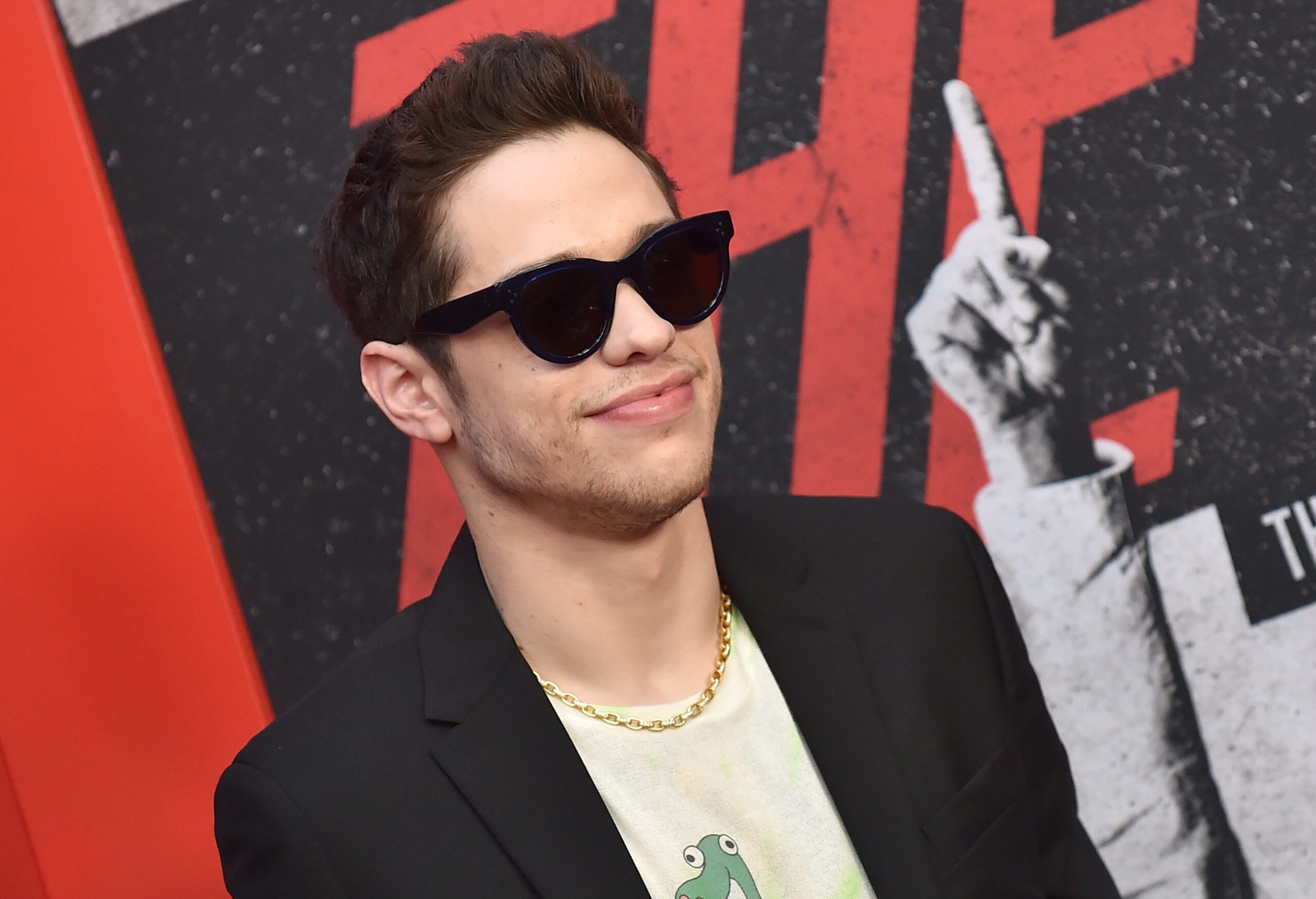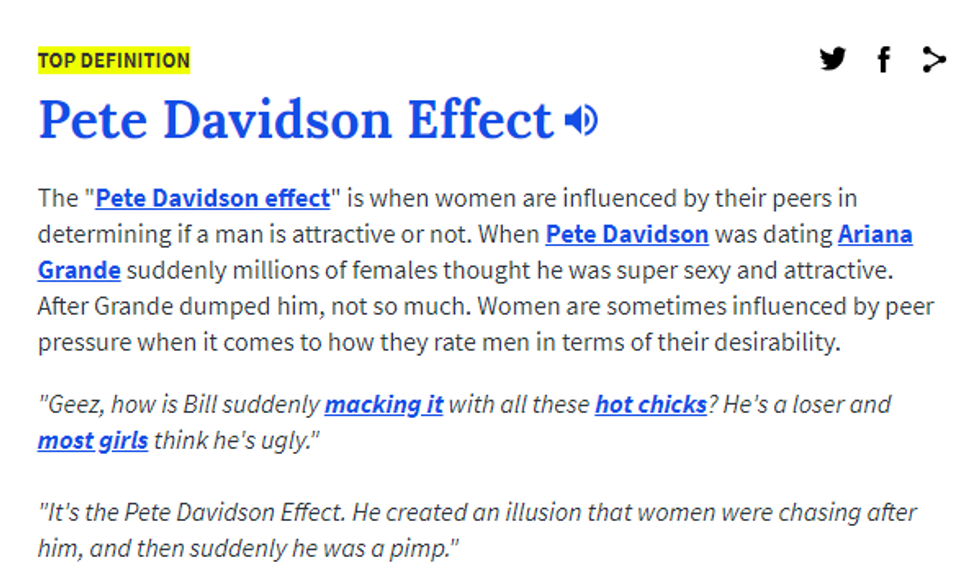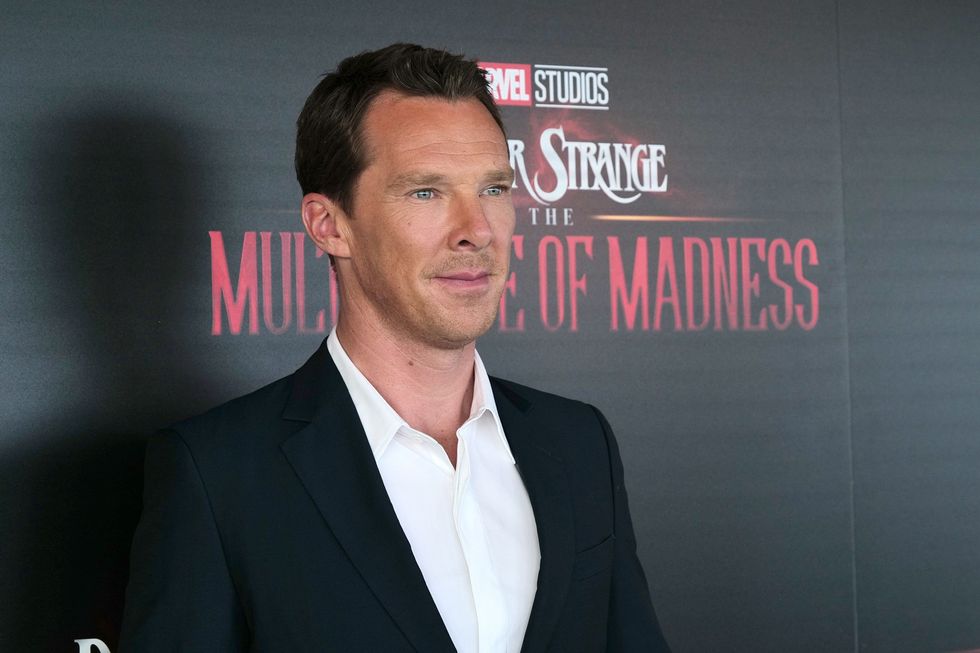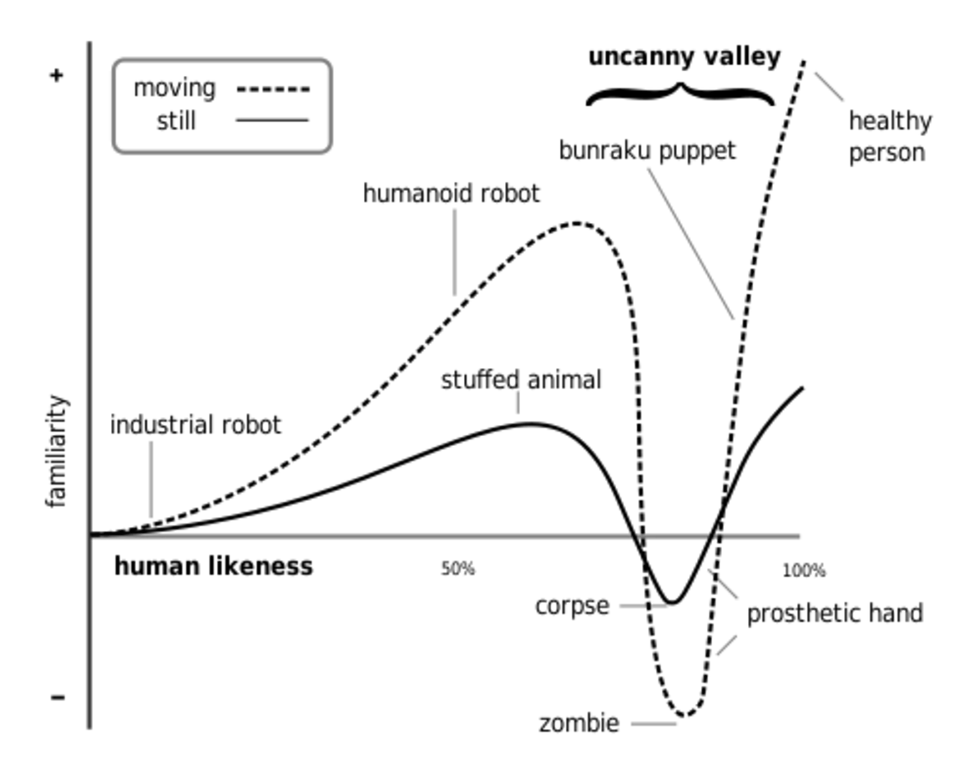
Pete Davidson
Photo by DFree - Shutterstock
Opinions on Pete Davidson are generally split between liking the comedian and feeling like one of his online bullies.
After last year’s publicity carnival surrounding his ex, Ariana Grande, and his hit-or-miss jokes on SNL, the 25-year-old is slowly evolving his career. In Sundance’s coming-of-age comedy Big Time Adolescence, Davidson plays a 23-year-old stoner who cracks a lot of one-liners and makes the 16-year-old he sells drugs to feel better about his prospects. While Variety gives it a nod as a passable teen movie, Vanity Fair describes Davidson’s performance as “wonderful.” But one scene in the movie needs to be clarified before the Internet can comfortably describe the Staten Island native as “Pete Davidson, dramatic actor.”
Is “ugly hot” a real thing, and is Pete Davidson it?
In one scene, Davidson’s character, Zeke, is leaving a movie theater with his teenage client, Mo, who’s brought along the girl he likes, Sophie. Zeke quips, “I could do that. I could be an actor.” Sophie replies, “you’re too ugly to act,” prompting Zeke to qualify, “but like ugly hot, like Steve Buscemi.”
The concept is more than a male counterpart of calling an unattractive woman “handsome.” In fact, there’s a French term for it, “jolie laide” (jol·ie laide), which automatically legitimizes it as a high-class ideal exclusively belonging to the rich and famous. Loosely defined as “a person whose face is attractive despite having ugly features,” the effect describes someone’s personality making them seem more attractive—almost as if what’s on the inside counts.
In fact, it doesn’t—not unless we can justify taking a closer look. The concept of “jolie laide” hinges on a jarring appearance with idiosyncratic, asymmetrical, and unconventional features. Why do we find these characteristics jarring? Because our brains are judgmental, stubborn things that expect certain features in the human face: symmetry, proportionality, wide, expressive eyes. Moreover, our brains are crowded, and the same almond-sized amygdala that processes fear and alerts us to perceived threats is what we have to rely on to judge “ugliness.”
And because the world’s never been fair, beauty has always provided an evolutionary edge to survival. Aside from attracting mates and signaling our own fertile health like overgrown primates, social scientists who study humans (as if we’re primates) find that attractive faces inspire more empathy than unattractive ones. Think of the Uncanny Valley effect when it comes to human empathy for human-like figures (graphed below): “As robots become more realistic and we feel more and more empathy for them, the line trends upwards. But as the robots’ humanism approaches that of actual humans, our empathy for them — and the line on the graph — suddenly plummets. The resemblance between human and robot goes from remarkable to repulsive. This precipitous drop is known as the ‘uncanny valley.'”
Obviously, people with unconventional features are not equal to robots. But with our brains pre-set to correlate “ugliness” with fear, we’re kind of trapped in the valley the moment our conventional beauty standards are undermined. But that’s how “ugly” swings back around to “ugly hot.” Writer Eric Kandel wades through a lot of neuroscience, psychoanalysis, and art theory in his book, The Age of Insight, to conclude, “Beauty does not occupy a different area of the brain than ugliness.”
The brain may have an easier time processing an attractive face than an unattractive one, but how we judge a face can be swayed by context. One prim, scholarly take on the “ugly hot” effect is from American critic Daphne Merkin, who once noted, “Jolie laide aims to jog us out of our reflexive habits of looking and assessing by embracing the aesthetic pleasures of the visually off-kilter: a bump on the nose, eyes that are set too closely together, a jagged smear of a mouth…it is a triumph of personality over physiognomy, the imposition of substance over surface.”
Because even though our brains are jarred and a little freaked out by unconventional features—we kind of like it. We especially like it from a person who already has positive social attributes, such as fame, a good sense of humor, or an engagement to Ariana Grande. Urban Dictionary has defined the coveted “Pete Davidson effect” as follows: “Women are influenced by their peers in determining if a man is attractive or not. When Pete Davidson was dating Ariana Grande suddenly millions of females thought he was super sexy and attractive. After Grande dumped him, not so much.”

So back to our main question: Is Pete Davidson “ugly hot?” And is he “ugly hot” enough to rival a young Steve Buscemi?
According to Popdust’s thorough research via Twitter poll, “Smash or Pass: Is Pete Davidson Hot?” 75% of readers would sadly “pass.” To deepen our inquiry with multiple variables, here are a few other case studies to compare. Smash or pass?
BENEDICT CUMBERBATCH

POP⚡DUST | Read More…
10 Dos and Don’ts to Surviving Reboots in 2019
Ariana Grande’s Japanese Tattoo Is Too Funny To Be Cultural Appropriation
Something’s Rotten in the House of Drew: Justin Bieber Starts a Cult
- Megan Fox Is Dating Machine Gun Kelly – Popdust ›
- This Haunts Me: Pete Davidson’s Dark Eye Circles – Popdust ›
- Why Straight Men Don’t Want Adam Driver to Be “Hot” – Popdust ›
- Being Rude to Pete Davidson Will Cost $1 Million in NDA Fees – Popdust ›
- Pete Davidson Calls Himself “Ugly Hot,” Which Is Apparently a Thing ›
- Did Ariana Grande Just Reveal the Size of Pete Davidson’s Penis … ›
- Urban Dictionary: Pete Davidson Effect ›
- Pete Davidson and Cardi B show how celebrity fandom can turn ugly ›
- ‘Big Dick Energy’ is a thing because people needed to explain … ›
- Why Ariana Grande and Pete Davidson Broke Up – Pete Davidson … ›
- Pete Davidson Talks His ’10 Inches,’ Sex With ‘Tiny’ Ariana Grande … ›
- Things Just Got Really Ugly Between Ariana Grande And Pete … ›
- Pete Davidson Calls Himself “Ugly Hot,” Which Is Apparently a Thing … ›














